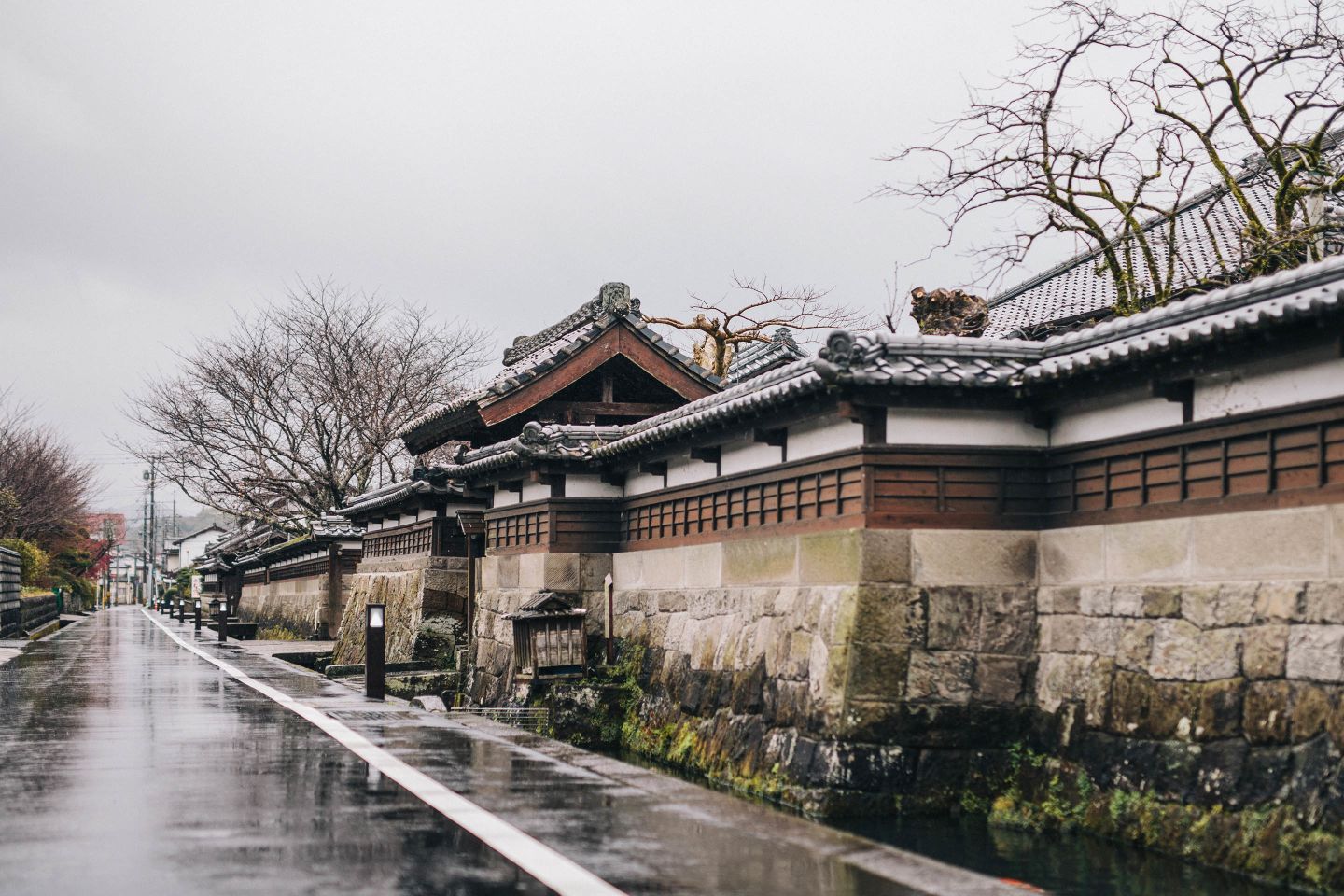OBI History
Obi, known as “Little Kyoto,” is steeped in feudal history, stretching back as far as the Heian period.
Records indicate that Obi’s history dates as far back as the Heian period (794-1185), where during this time, despite its remote location in Kyushu, Obi established a feudal relationship with Kofukuji in Nara, which was the family temple of the Fujiwara, the most powerful clan during the Nara and Heian periods.
During the Nambokucho period (1336 – 1392), the area was rife with conflict among feudal lords, and it was around this time that a castle was first built in the area. Later, during the Warring States period(1467 – 1603), constant battles for the area ensued between the Ito clan, which controlled the Hyuga area, and the Shimazu clan, which controlled areas such as Obi and Miyakonojyo. Then in 1543, the Ito clan began a campaign to overtake Obi and finally succeeded in 1568. The Ito clan’s control of Obi marked the beginning of the construction of a the castle town centered around Obi Castle.
While the Ito clan was then ousted from Obi by the Shimazu clan, they regained power of Obi when they successfully assisted Toyotomi Hideyoshi in his Kyushu campaign, after which they proceeded to rule Obi for close to 3 centuries. The town-scape that the Ito-clan orchestrated during this period is very much intact today.
Although agriculture did not flourish as an industry due to the nature of the land, Obi prospered during this period, particularly through the sales of Obi cedar, which was distributed and used as shipbuilding material throughout Japan.
Later, during the Meiji period, Obi served as the political and economic center of Southern Kyushu.












